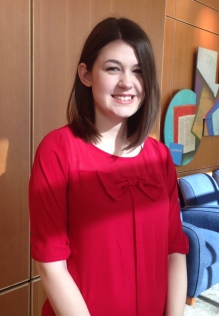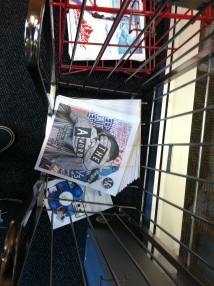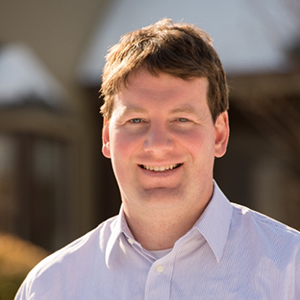One phone call completely changed Kate Shea’s summer plans. She had been preparing for an international reporting trip to Berlin, Germany, when she received a call from the Dow Jones News Fund offering her a paid copy-editing internship for the same period.
While the decision to go to Texas instead was a hard one, Shea admitted, “I’m kind of a copy nerd.”

Shea currently works as the copy chief at the Montana Kaimin, UM’s weekly student-run newspaper. At her high school in Helena, Mont., she was one out of two students who worked on both their newspaper and their yearbook.
Assistant Professor Joe Eaton, recognized her drive and talent as soon as she entered the J-School. “Pretty much from Day One here it was clear that Kate was going to take on the world,” he said.
In News Editing class last fall, Eaton encouraged Shea to apply for the Dow Jones internship and take their editing test, which Shea described as “the SAT for copy editors.”
The internship will take Shea to Austin, Texas for a ten-day training program about the specific Dow Jones style of copy-editing before she enters the newsroom at The Corpus Christi Caller Times.
While Shea enjoys the journalism world, she ultimately wants to go to law school and delve into another field that will allow her to effect change in the world.
Her passion for politics comes from interning with Sen. John Tester (D-Mont.) in high school, as well as from her experience winning the Distinguished Young Woman of Montana award in 2013. In Mobile, Alabama, Shea met the winners from other states—all very well-rounded, intelligent and well-spoken women, she said, and she wants to make their voices heard.
“In journalism, there’s still a bias against women, and women face different expectations where their looks are more important than their reporting ability,” Shea said. “Sometimes you hear things like women should be on the cops beat because men will talk to pretty girls.”
However, Shea said that’s never been the case at the Montana Kaimin and that “there’s no gender bias there.” And while the Kaimin keeps her busy, especially with the switch to a weekly, more magazine-style publication, she said it’s been a great experience.
“I thought about moving out of state for college,” Shea said. “But there’s a top-ten journalism program right here in Montana.”
UM immediately recognized Shea’s strength as a leader even when she applied to the program, awarding her the Presidential Leadership Scholarship in 2013.
“She’s a very talented and hard-working journalist. I’m sure that showed through in her application,” Eaton said. For him it was no surprise when Dow Jones offered Shea the copy-editing internship. “She’s going to do a great job.”
By Jana Wiegand


